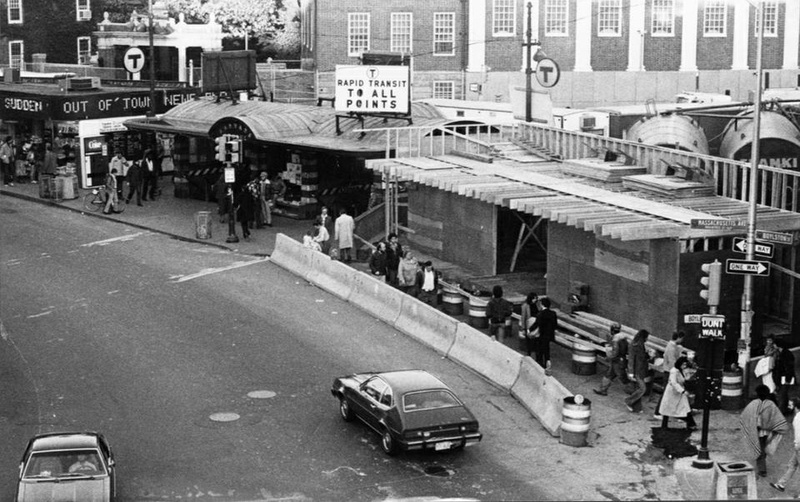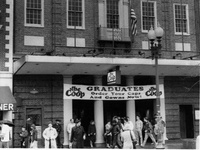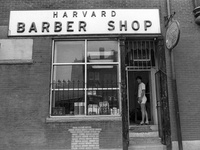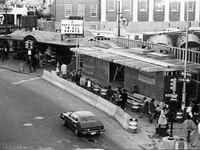Bill Bartley, current manager of the long-time Harvard Square restaurant Bartley’s Burgers and the son of the restaurant’s founder, recalls having radically different neighbors 25 years ago. Among his neighbors were the Bow and Arrow Pub, a sandwich shop called Elsie’s, a camera store, and a tiny jewelry store—all squeezed in just between Bow Street and Holyoke Street.
“You just don’t see anything like that anymore, the kind of stores that don’t exist anymore because people don’t shop there,” Bartley said.
Today the burger joint is sandwiched between stores such as Dunkin’ Donuts and a branch of a national TD Banknorth, though several of its iconic neighbors, such as Leavitt and Peirce and the Harvard Bookstore, remain.
Over the past 25 years, Harvard Square has faced tension between maintaining the Square’s historically eclectic vibes and the demands of a modern economy.
FACING CHANGES, CHANGING FACES
The Square has certainly undergone a major face lift since 1985.
That year saw the rebuilding of a Harvard Square T station, following several years worth of construction to extend the Red Line into Alewife. The completed Harvard Square stop marked the end of what Bartley called a “giant hole in the middle of Harvard Square for almost five years.”
The finished station—which opened for service Sept. 7 of that year—also put an end to what State representative Alice K. Wolf calls the “dishevelment” in the area due to construction.
According to Mo Lotman, author of the pictorial “History of Harvard Square” book published last fall and long-term Cambridge resident, the subway extension was followed by a series of beautification efforts in the Square.
“[It] just changed the face of the Square literally,” he said.
The Charles Square—a 4.2 acre development that included the Charles Hotel, an office building, condominiums, and a shopping plaza—was also completed that year, following seven years of legal battles.
But according to Wolf, the opening of Charles Hotel in 1985 “[drew] people from all over the world,” transforming the Square into a more international landmark.
“I think the 80s was kind of a turning point for the Square,” Lotman added.
Individual small businesses might not be as visible as a new T-stop or the Charles Hotel, but independently-owned stores in the Square have not yet been overtaken in numbers.
According to Denise A. Jillson, executive director of the Harvard Square Business Association, a recent survey showed that 80 percent of the 369 businesses in the Square are in fact independent. National companies account for another 15 percent, and regional chains such as J.P. Licks and Boloco make up the last 5 percent.
Read more in News
To Randomize Or Not To Randomize?
















